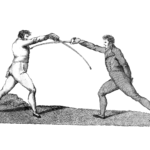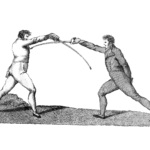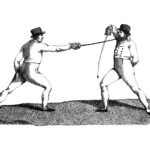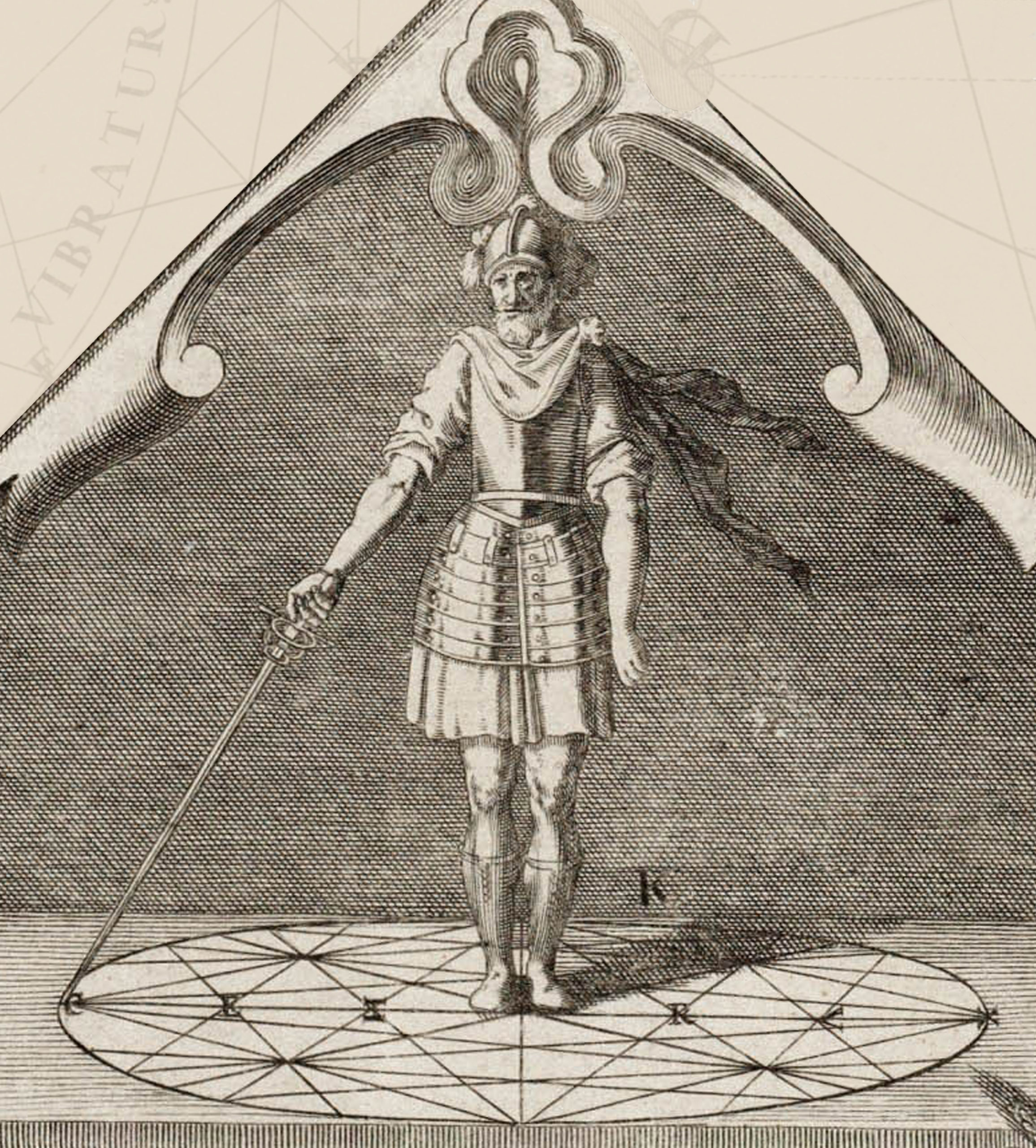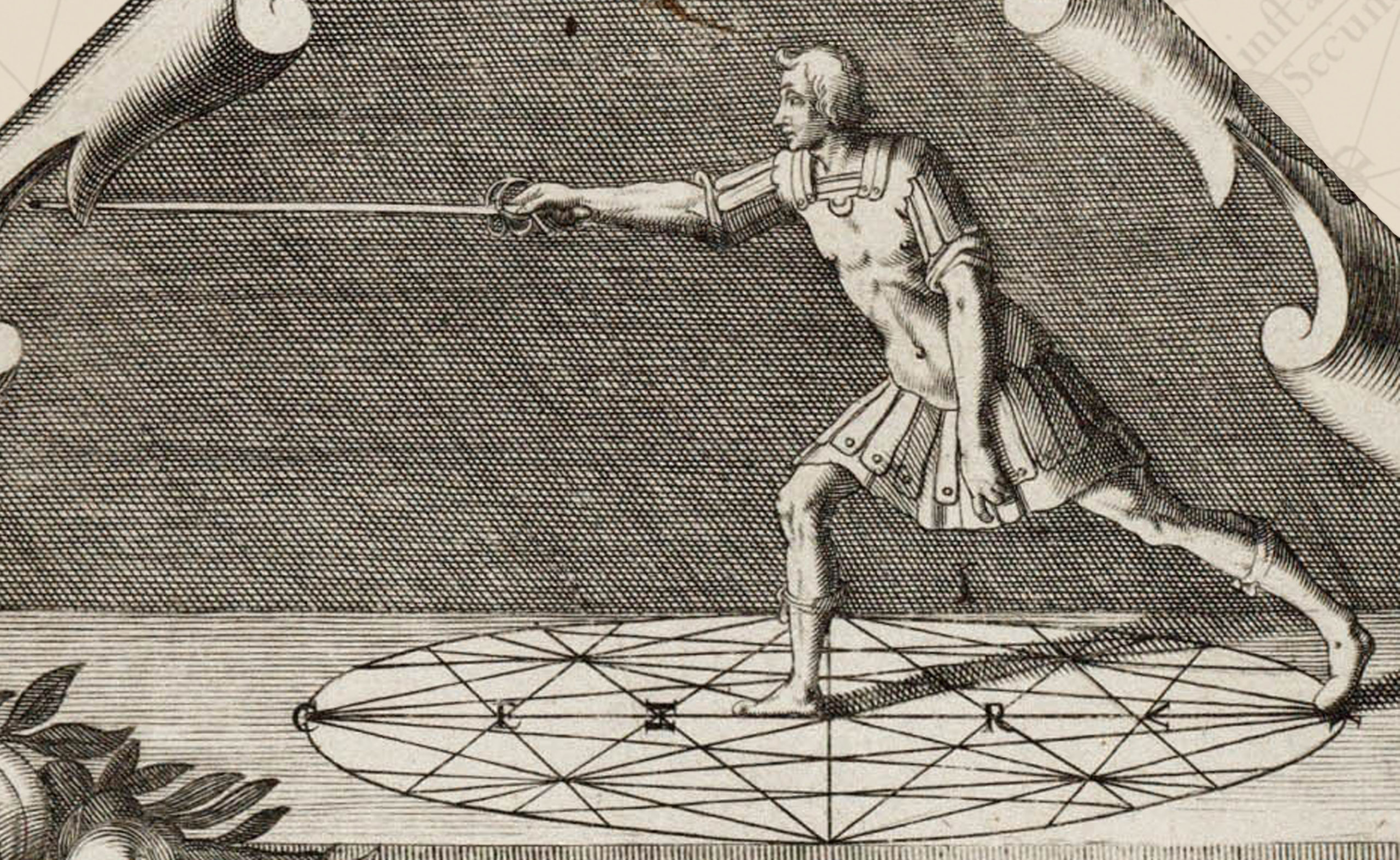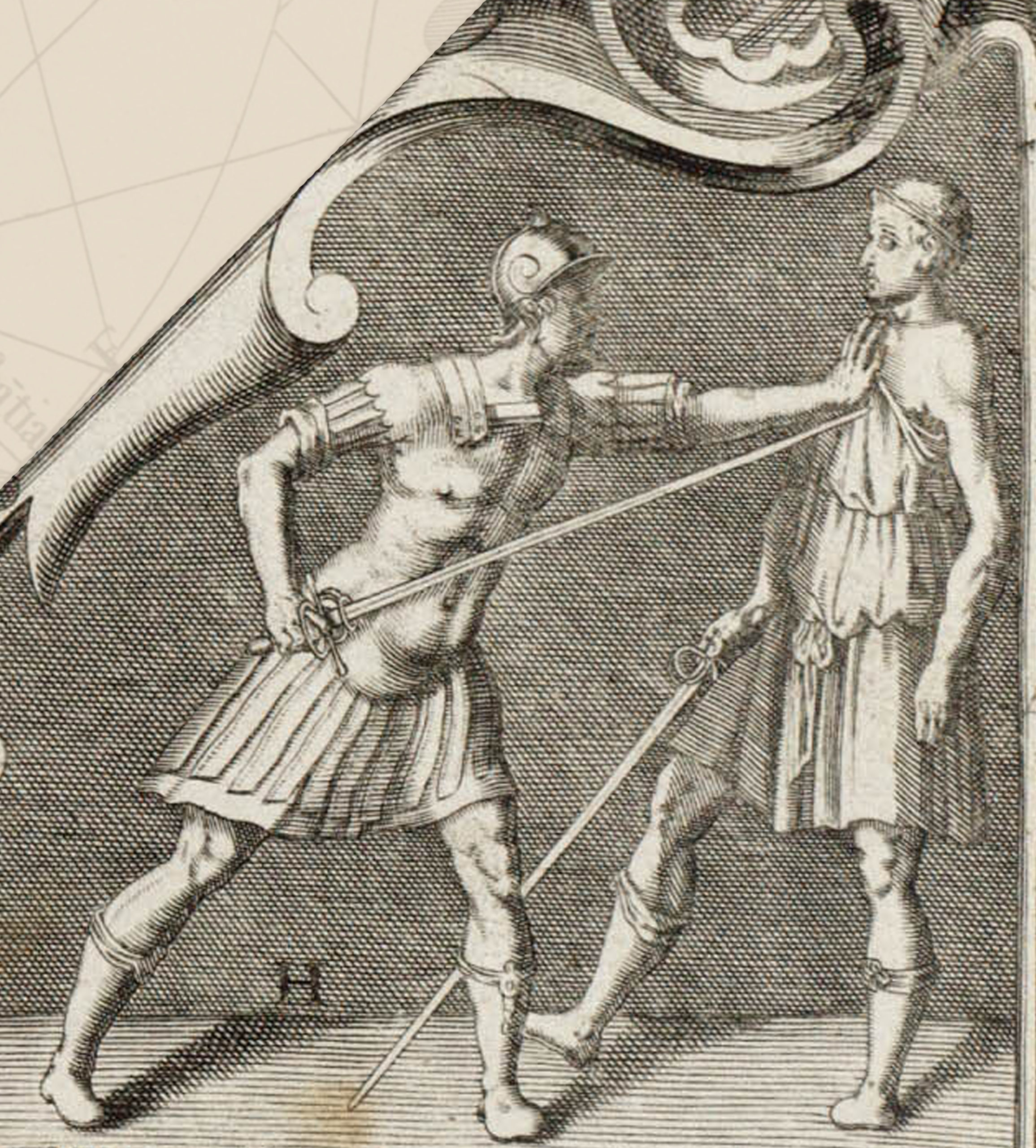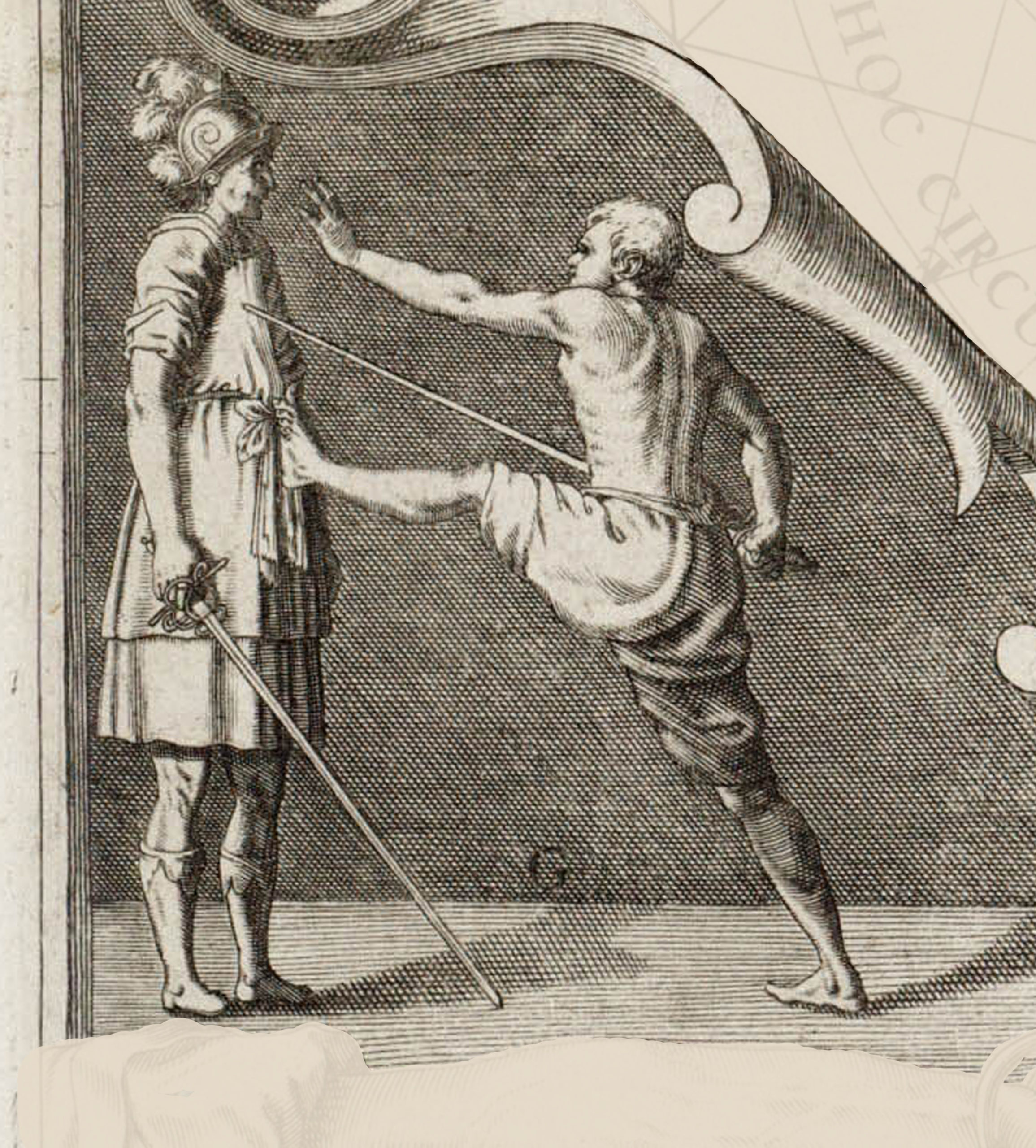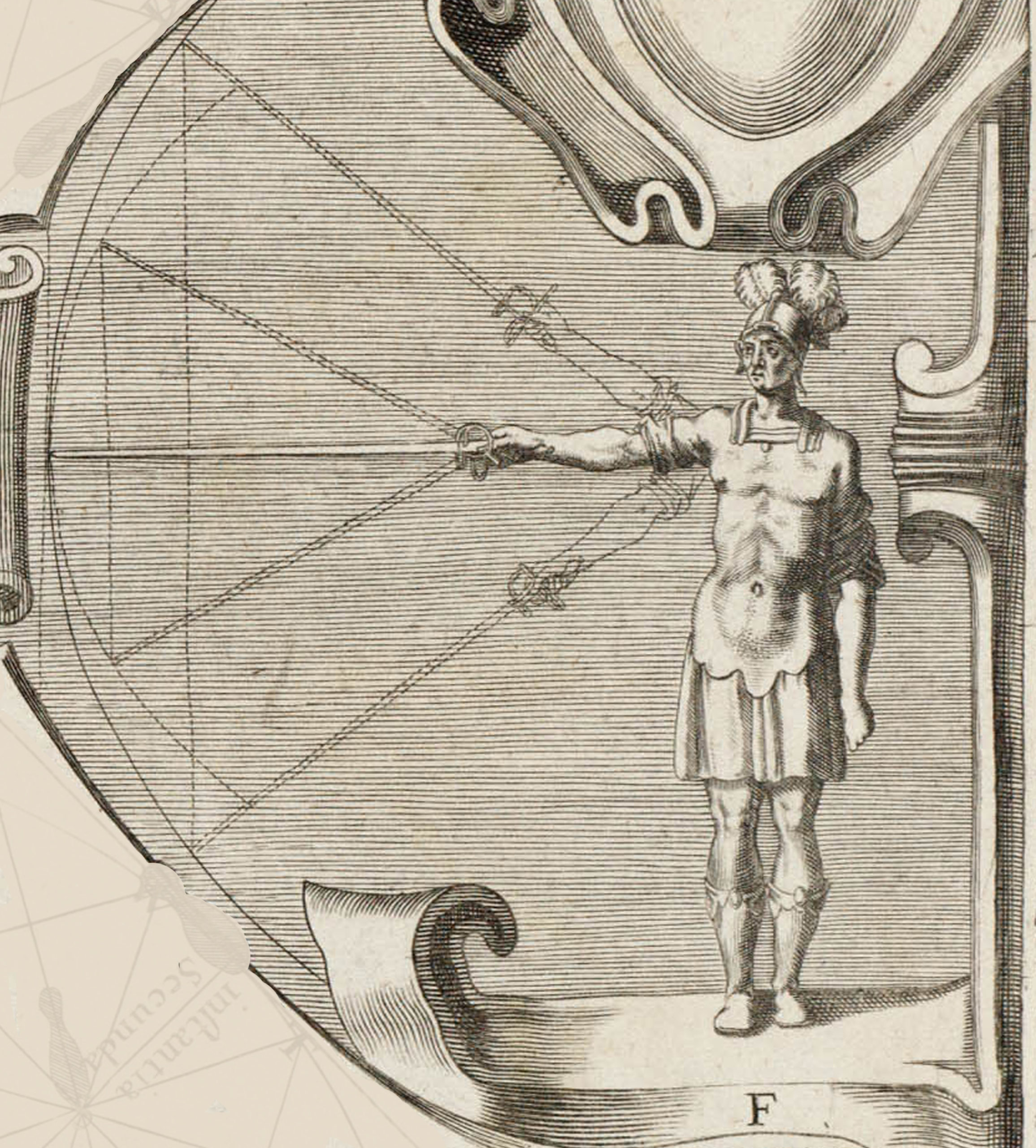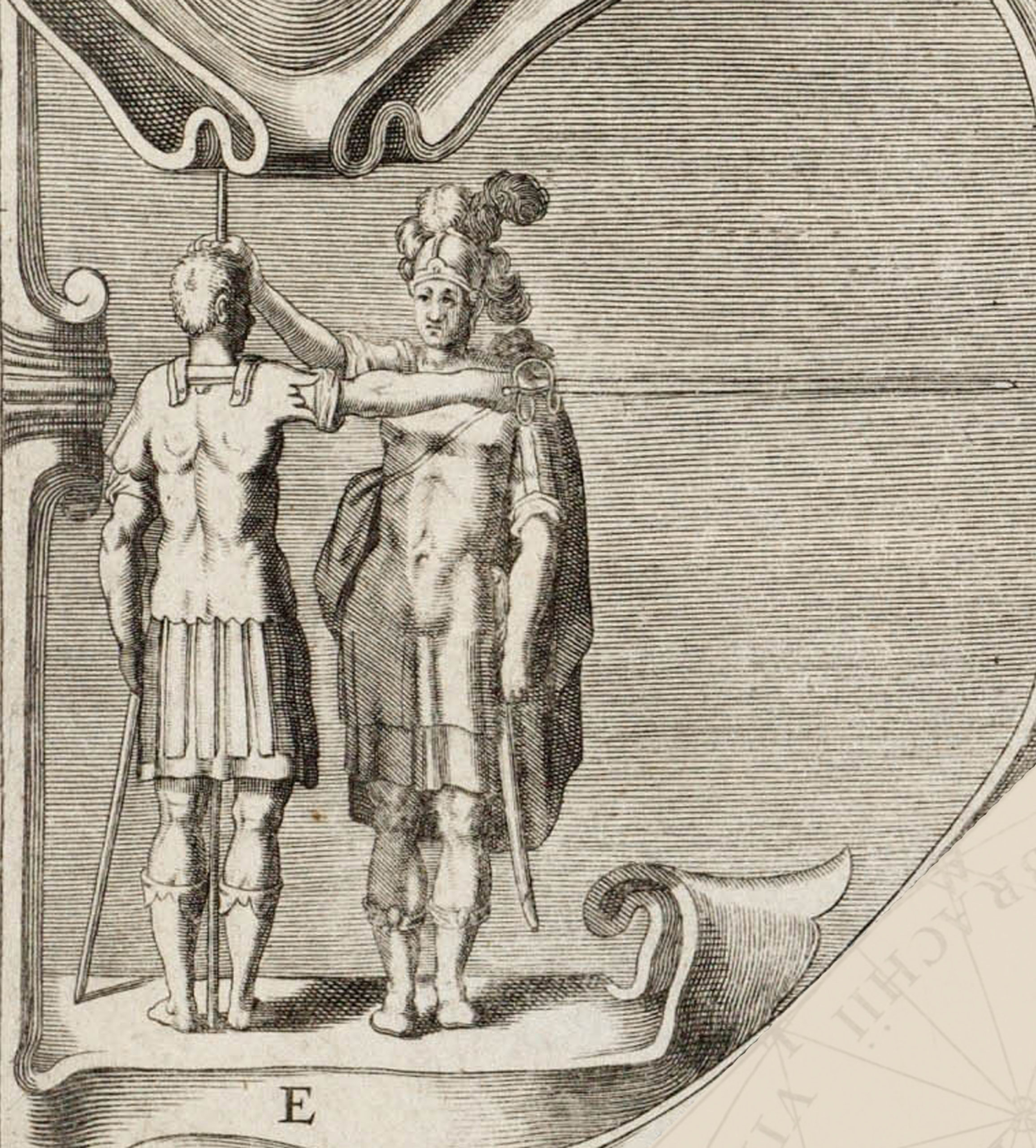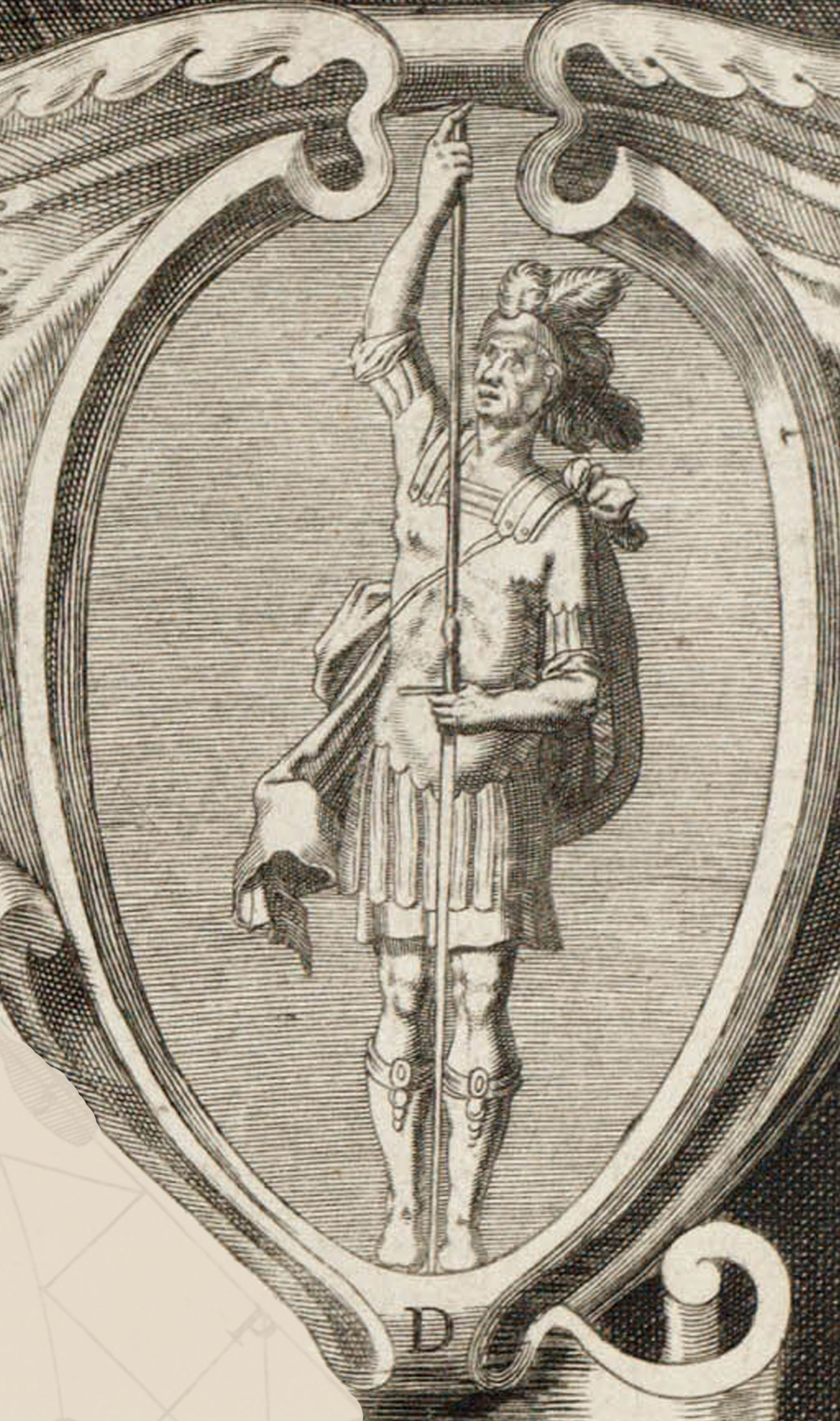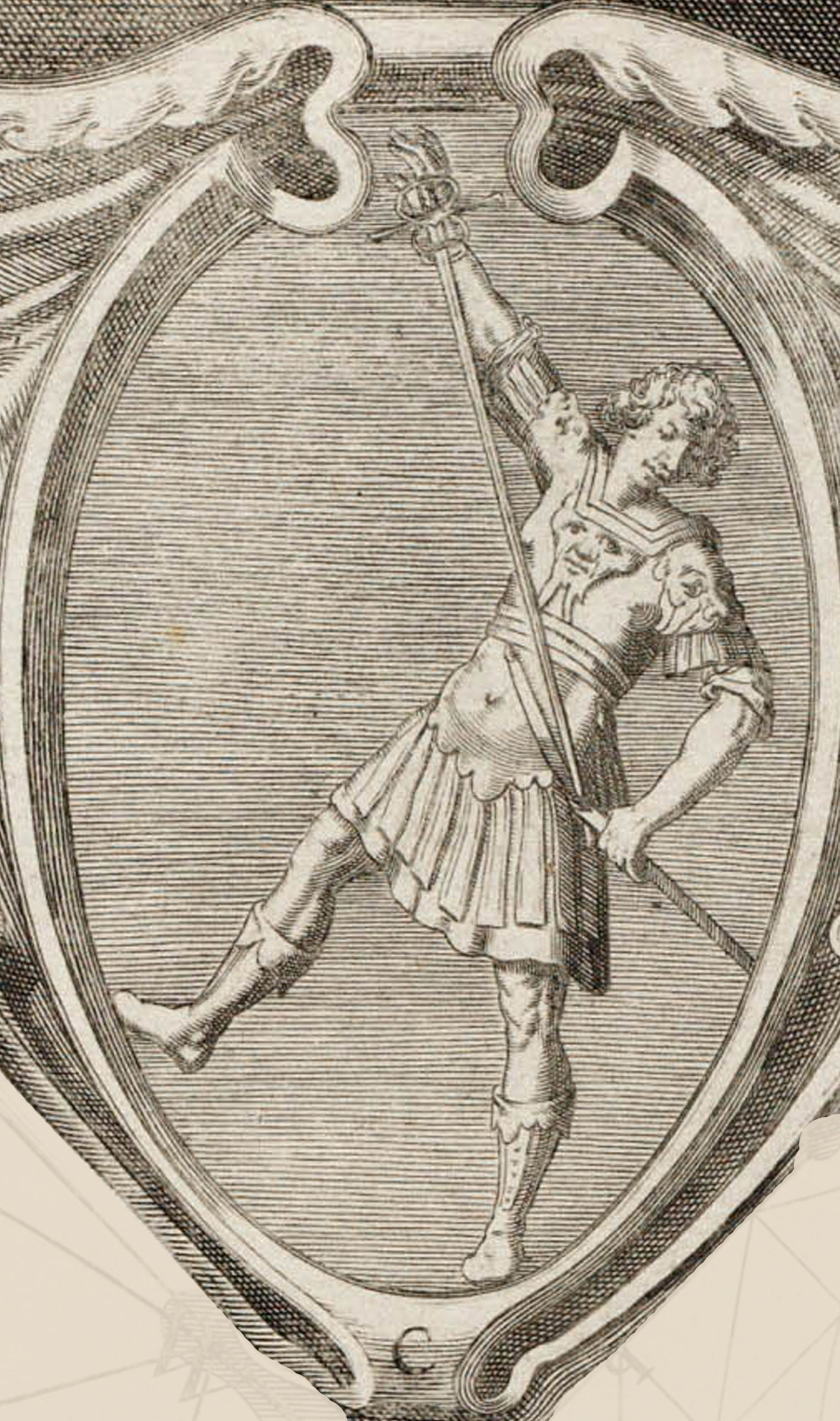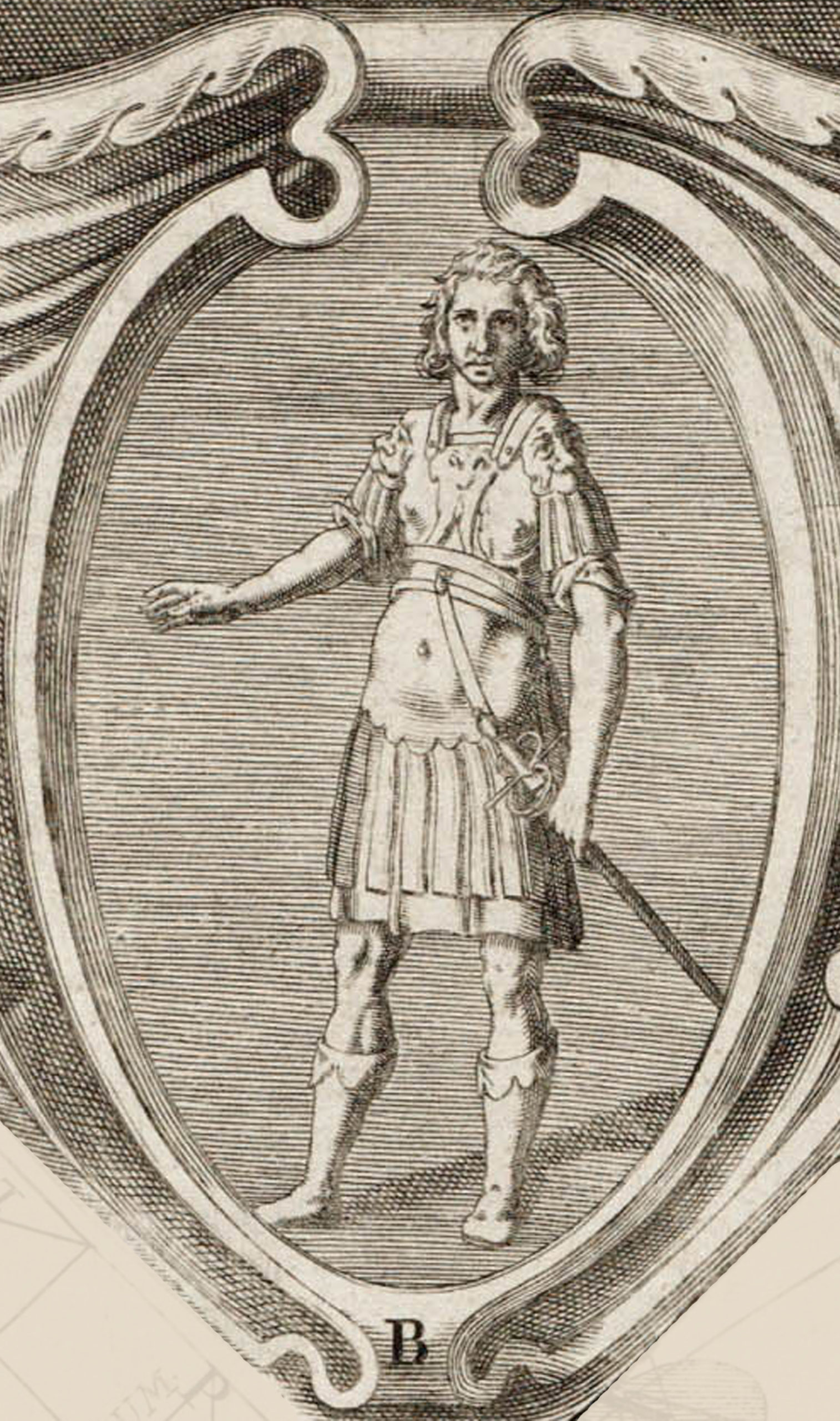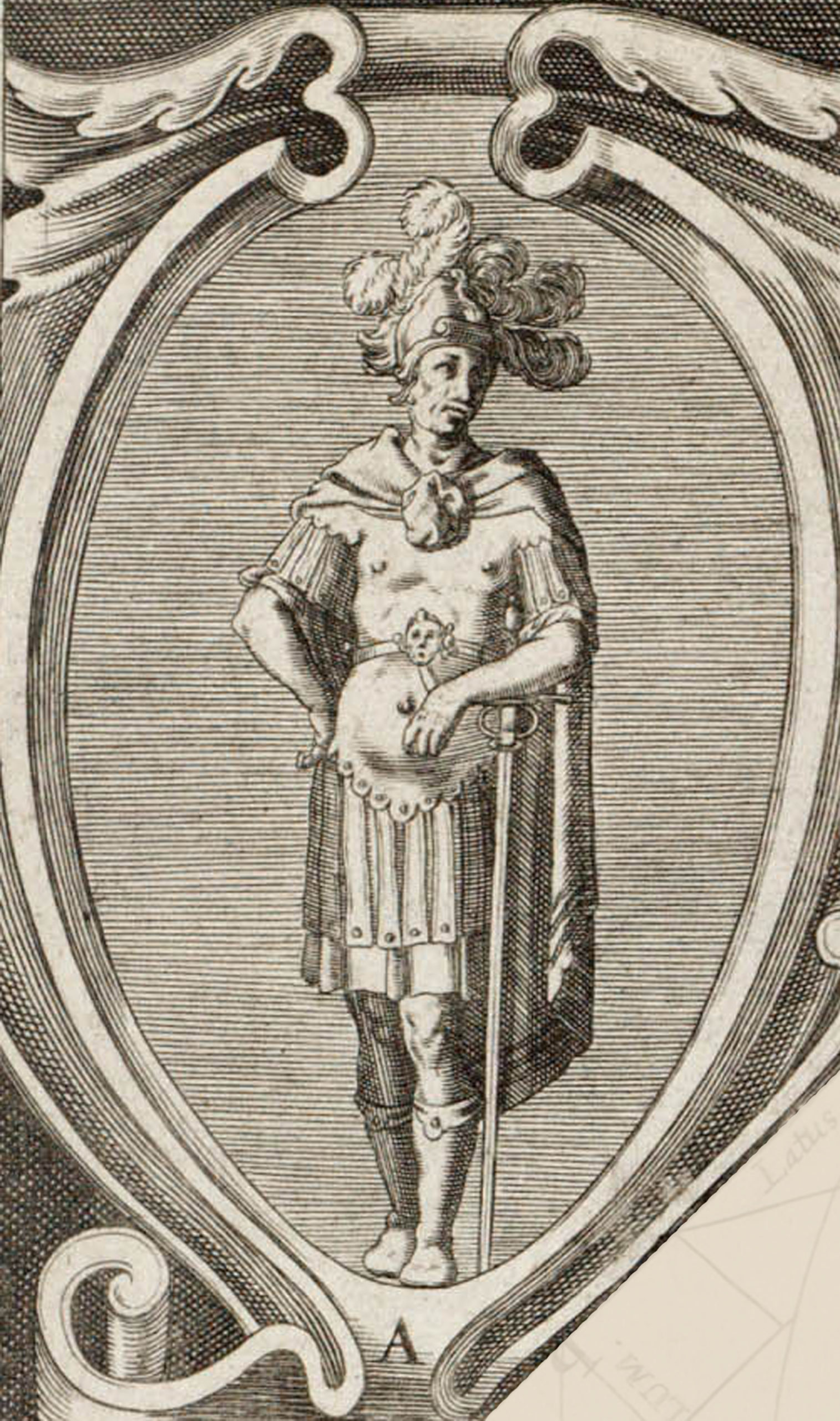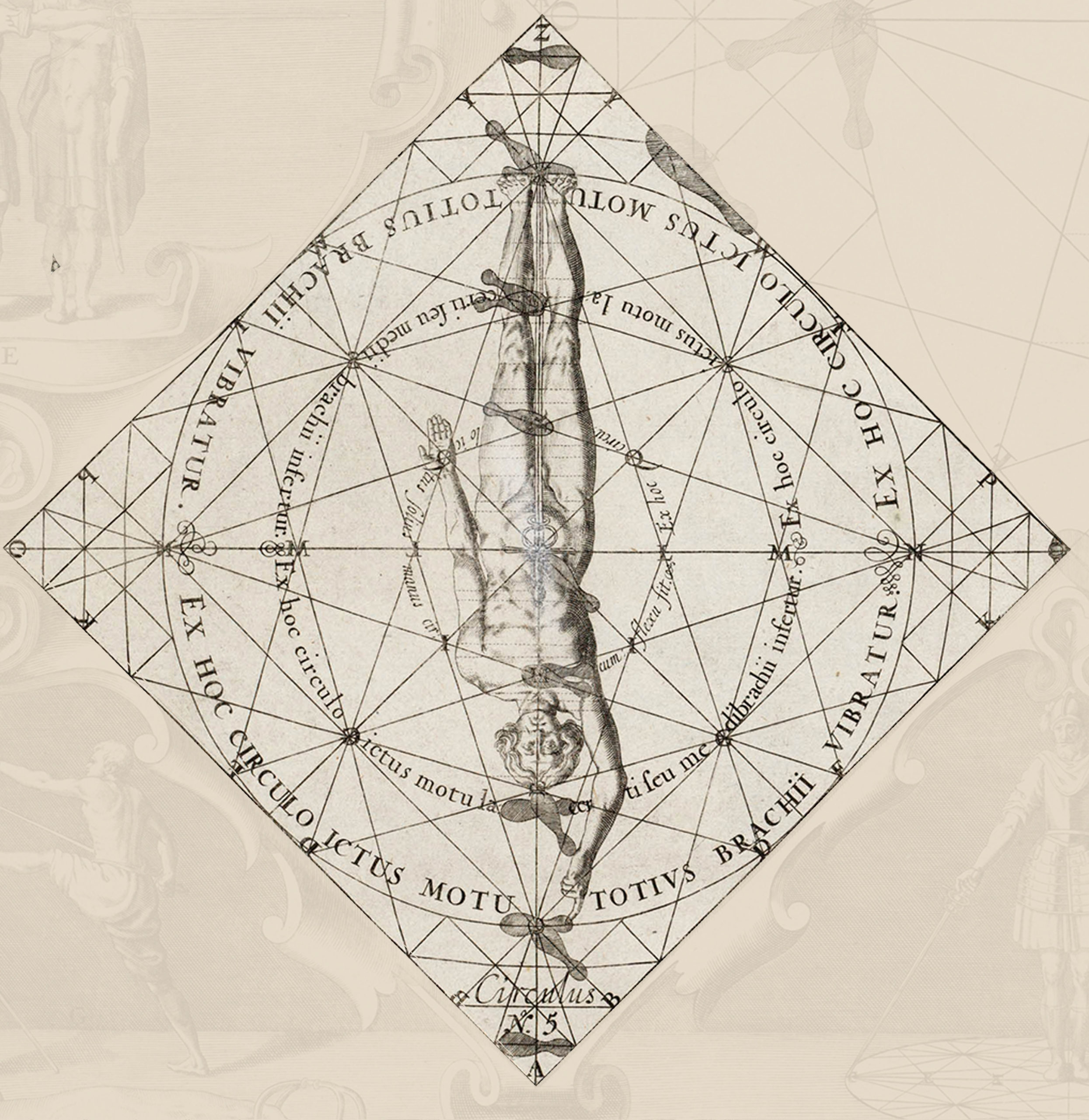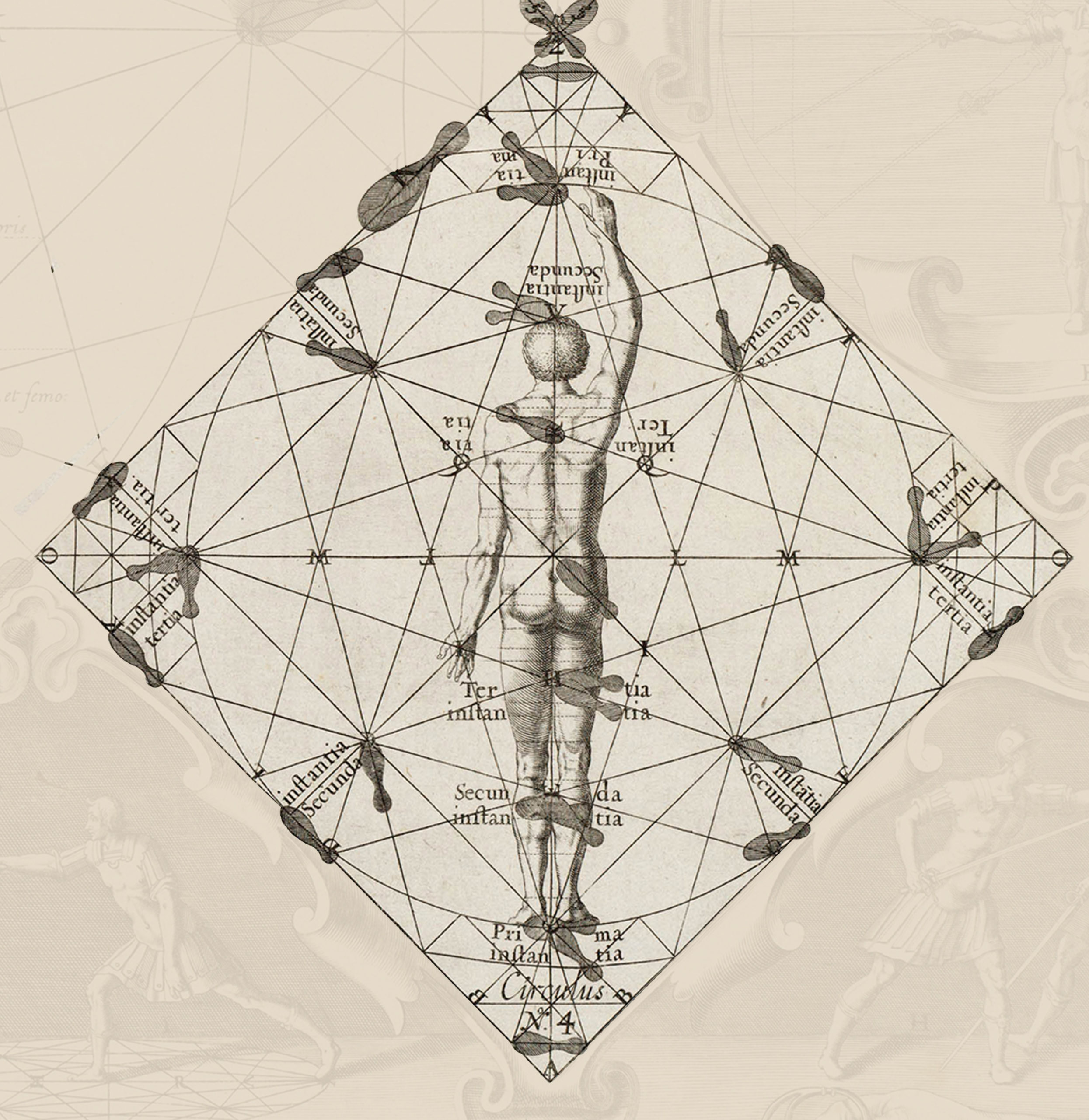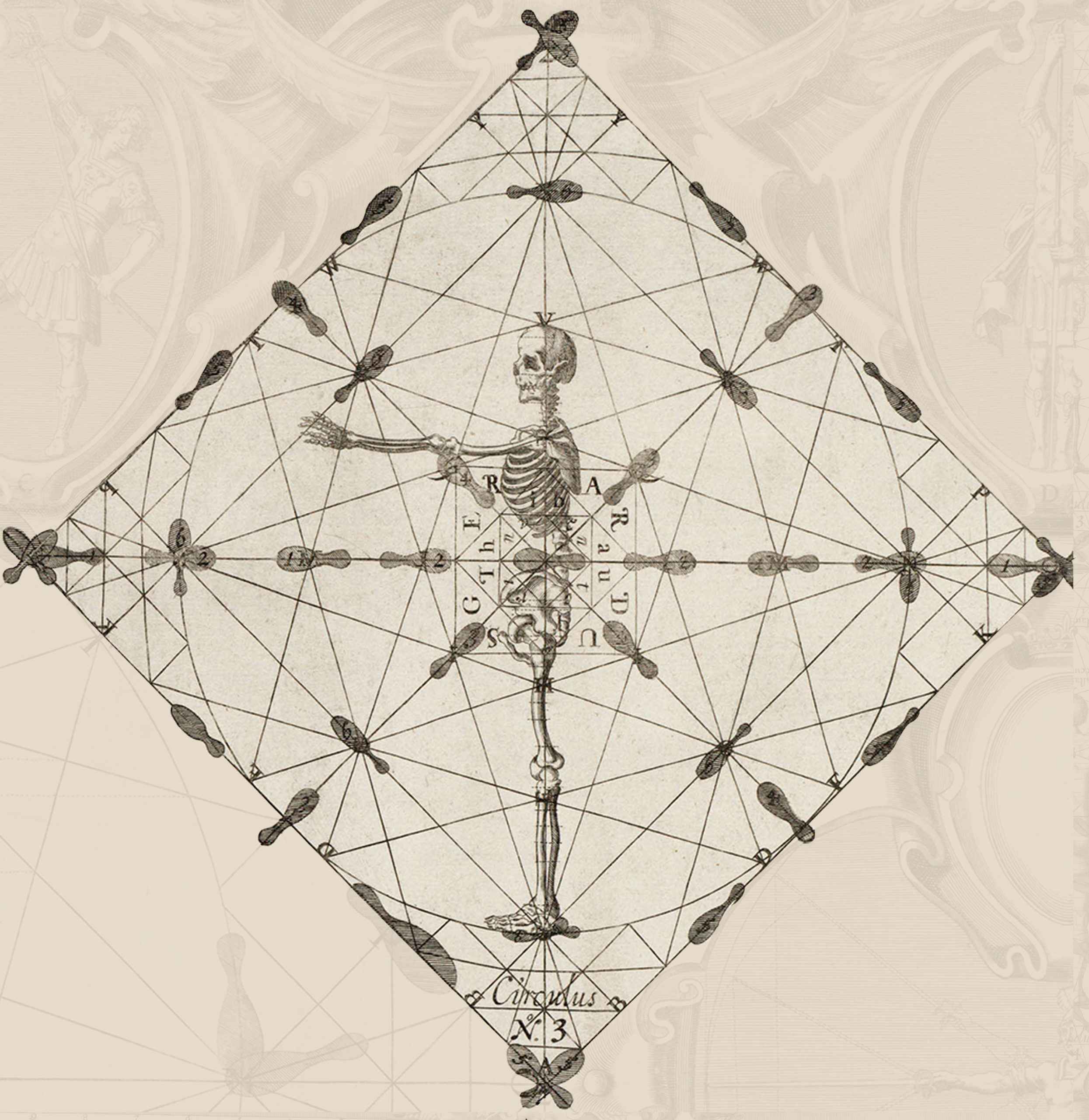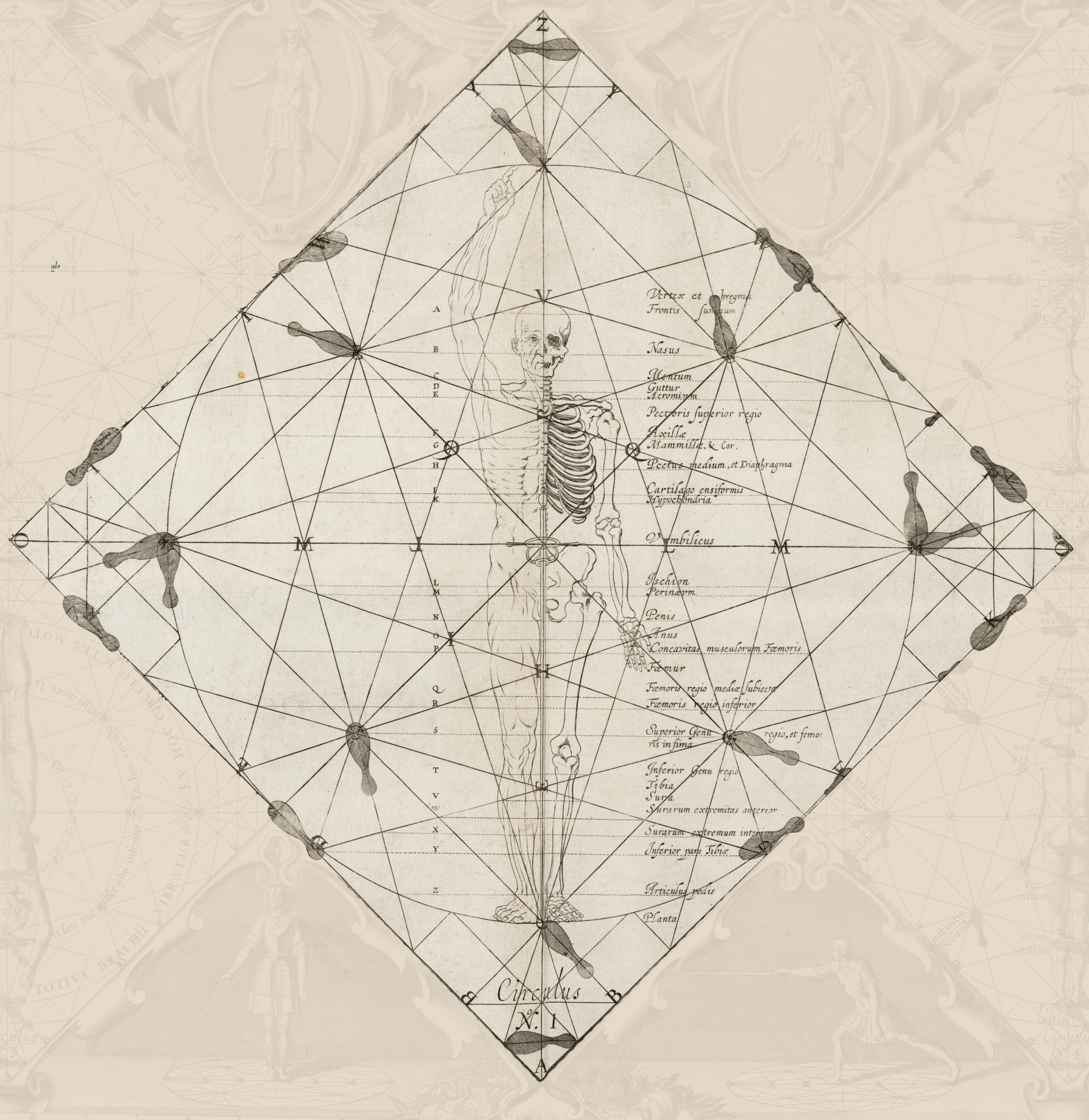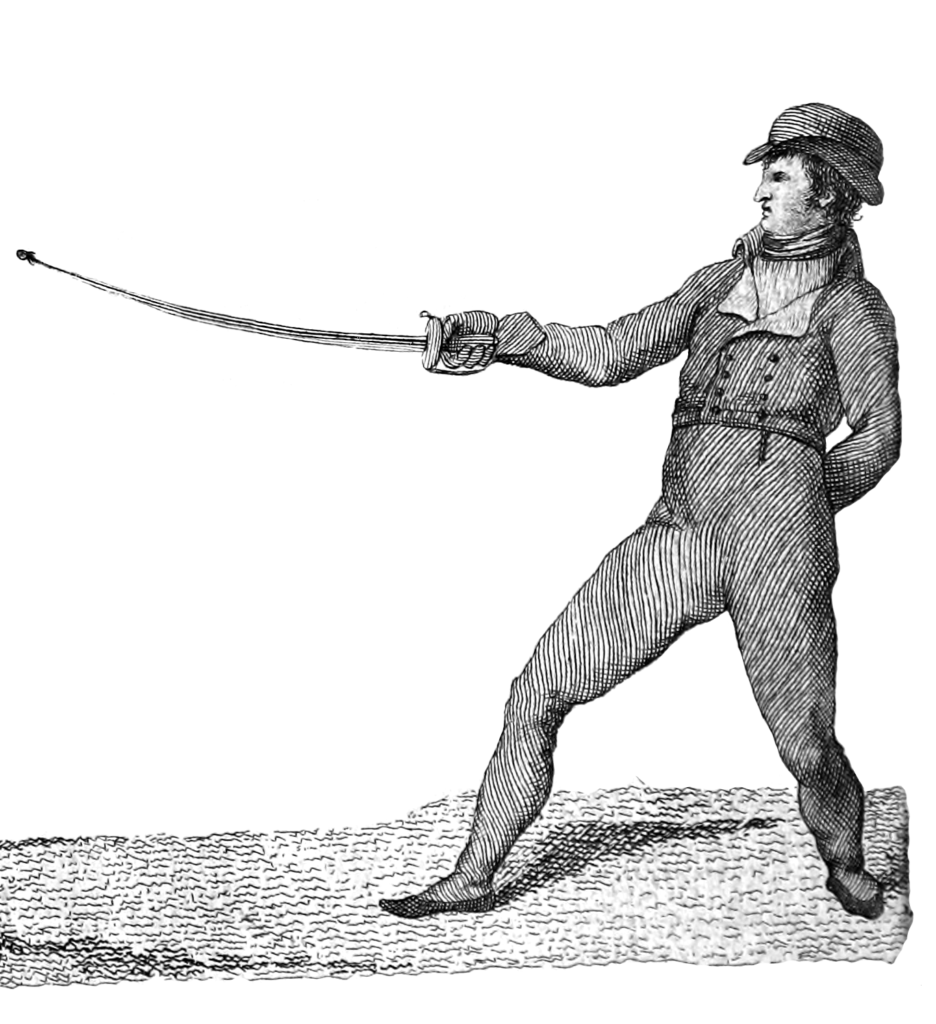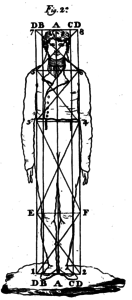407. What I am going to include under the title of general notes, I have already spoken of in the part which corresponds to each thing. But, since they have not been collected yet, it may very well happen that, for lack of memory, or having not been as careful as necessary in your reading, at the start of the battle, you may encounter difficulties that you will judge to be insurmountable. As my object is the greatest progress of my readers, I care little about what criticism may be made concerning the is repetition in my writing, as long as it is useful, as I wish for those who will read with the object of making good use of its doctrine.
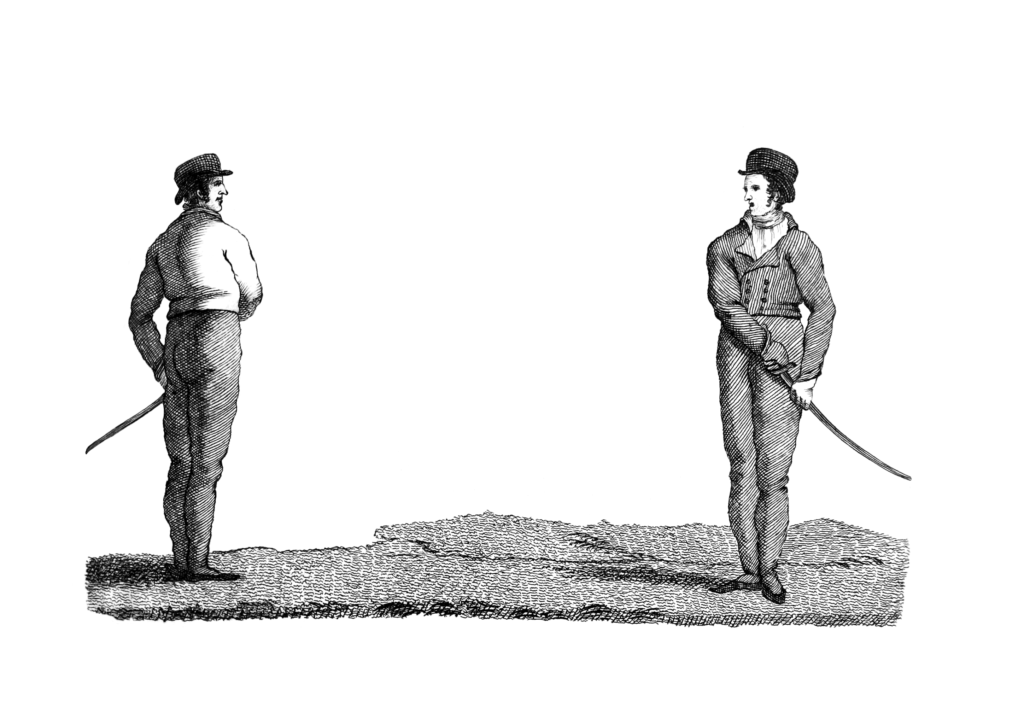
408. Nothing precedes the battle aside from the disposition to begin it. Therefore, when it comes to making timely notices for a combat, it seems that nature requires us to begin by describing the method of presenting to the enemy. I have, when treating on the way of asserting oneself in any of the guards, all of the rules necessary to do so without offending. It remains for me to say how to effect it in anticipation of attacking. There is, in the skill, what is called an unsheathing cut, to be practiced while taking the sabre out of the sheath, and executed presenting at the defensive measure, or a little further, with the right collateral in front of the enemy and the right stance. From this arrangement, the lip of the sheath is secured with the left hand, the right clutching the guard at the same time (Plate 11, Figure 20). As you begin to strip the sabre, you will incline the body forward, making a deep stap, moving square, so that finishing this, with the weapon arm extended, you will execute a diagonal cut from the right haunch to the left shoulder of the enemy, remaining at the end of the execution as depicted in Letter A, Figure 21. Remove this cut with low fourth, stepping back at the same time (Figure id, Letter B).
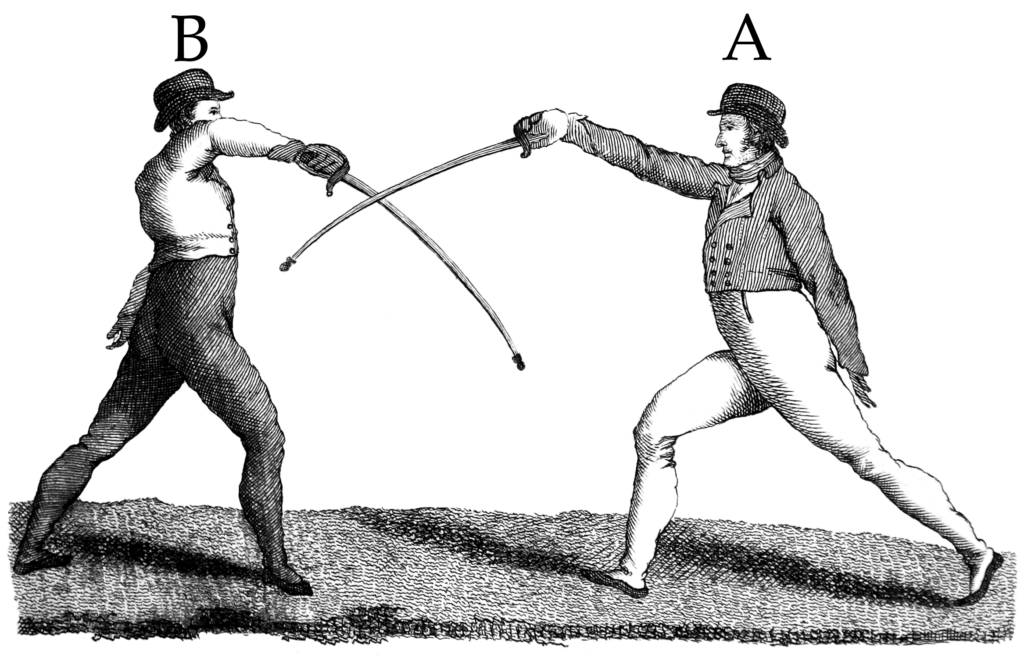
“Figure id” should likely be “Figure 21.” See the image immediately above.
409. If the enemy begins the fight with this cut, it will be necessary in the moment of unsheathing the sabre, to form the stated removal and see if there is disposition to repeat for, under the points that have been offered in low fifth, turn quickly to the advisable removal. should it happen that you succeed before he accomplishes his shot, remaining suspended for a time, by virtue of having frustrated his plan. In this case, without giving rise to new plans, answer him with an offense by the sabre, or a cut to the head. If you go to the removal with little security or much haste, it will offer the best opportunity to conclude, or achieve a second offense.
410. The enemy may enter into combat laying hands on his weapon with so much anticipation and distance, that they cannot execute or receive the unsheathing cut. In this case, before approaching the defensive measure, it is necessary to observe the character that he presents, to serve as a rule about the manner with which he should be addressed. Although this knowledge is not easy to acquire in a very short time, it may nonetheless, give some information to judge him prudently.
411. There will be no shortage of occasions when the enemy presents with such haste that they hardly give room to wait. This itself serves to form of him an almost certain judgement of one or two rather considerable defects, which are, either little judgement, or great ignorance. Because, although a truly courageous and skillful enemy is not free of haste, the same fact of committing such a fault, places him, while he remains in it, in a state of not availing himself of the advantages of his spirit and doctrine, because haste cannot be reconciled with good order and, lacking this, the skill may be ineffective, if the custom does not favor him. Therefore, serenity and presence of mind are the qualities most advisable and important in the handling of weapons.
412. When the enemy in front of you is of the stated nature, wait for him with firmness and clarity to be certain. If the distance taken is offensive, retire to that of common defense, taking their sword with or without engagement of weapons, because generally the offense attempted by the hasty is a cut to any point on the left vertical, and the guards said present, without obstacle, the point he desires, inciting him in a certain way to continue his undertaking to the step which gives the greatest disposition for defense. If the cut or thrust he throws in virtue of his ignorance corrupts or closes the offensive measure, you can conclude on the same shot giving him a notice capable of correcting his defect.
413. It may happen, when encountering the enemy, that they come to the battle with such moderation that, without appearing cowardly, they give enough to know their presence of mind and resolution for battle. In this case, it is necessary to be careful how you present yourself, with respect to the position of the weapon since this may be according to the good principles of the skill, or it may be by way of extravagance. In the first case, it will be necessary to wait in the common guard, as this is an arrangement that in no way gives indication of what is planned, and has the advantage that, without covering any one point, provides the best disposition to promptly repair any offense with its own removal or to oppose it with a timed blow.
414. If the enemy chooses an extraordinary posture of the weapon that falls outside of the rules, have this general advice. From the point of the enemy’s weapon, wherever it is found, consider a straight line starting from that point and ending on your own right shoulder, and then place the sabre so that half of your blade cuts this line diagonally, in terms which reduce the points of the body formed by the line of the opposing weapon, leaving it contained by this opposition outside of the last vertical plane of the body on the side in which it is found, and from here, it will be very easy to create the removal for any other offense they attempt to inflict from that place.
415. When the enemy presented to you is of so little resolution that they have no spirit to attack, but remain firmly waiting, or advance with so little resolution that it is necessary to walk toward them to attack, do so by taking the right collateral forward with such serenity and firmness in your steps and countenance that he may well understand prudent caution accompanied by a firm heart, keeping regarding the posture of the weapon, the rules given in the preceding paragraph until you reach the distance of defense. Take the enemy sabre with one of the main guards and go with this deeply, with good opposition, to achieve a wound by the sabre. But, if the position of the enemy’s weapon is so disordered that it does not support this recourse, from the distance stated, make a provocation of the point to obligate him to remove. That achieved, this will sufficiently present the points to throw with certainty an offenses which have already been explained for each removal.
416. When the enemy waits in the common guard, advance with the Spanish step until you reach the defensive measure. Try to take the enemy sabre, in order to throw a thrust, and, in virtue of what your opponent does in response, continue the fight according to the doctrine of fights of two or three shots of this treatise, taking the utmost care not to dispose your adversary, less with derogatory words, even if he tests, since this kind of offense gives greater insult to the one who gives them than to the subject to whom they are directed, as it is suggestive of either little education, or of much dissolution. But, when you have an instrument in your hand capable of curbing the insolent mordacity of the enemy, he is more likely to equate this with a reputation as dissolute, being able to obtain that of prudence and courage.
417. Having already stated all of the circumstances that may precede a combat, I pass to describe those that must constitute it. Nothing forms the beauty and order of a battle other than reciprocal responses. Therefore, one who lacks exact knowledge of all that they are able to admit, according to the variety with which the enemy can be manage during the assault, will not be able to leave with luster one who is obliged to give, nor can he have confidence to counter those that need compels him to suffer. Therefore, I will make here some advice, which can easily be reduced when it fits in the extension of close combat.
418. The achievement of the responses does not depend only on the knowledge of the offense that can be made to the enemy, if to this knowledge is not added the circumstances that each may require, which will be clearly understood from the subjects of the following paragraphs. The first thing that it is necessary to notice is the opportunity of time, since if you try to answer a shot before the contrary begins the execution, it may not be carried out, because the nature of these demands the formation of a removal as a prior disposition and, although at the moment he executes, you may offend with a timed blow, it is not a rigorous response. But, if you attempt this, after the restoration of the contrary is completed, perhaps a new offense will frustrate the attempt. But, that a response so late, rather it should be considered as something for the beginning of a new fight, since that must be carried out from the beginning to the middle of the enemy’s restoration.
419. Whenever the offense of the opponent is accompanied by a force that fights against your own sabre, try to separate it from the place that it occupies. If this force remains even after you have repaired the wound, it will be necessary to answer it with union of weapons and opposing that action with another capable of preserving the good management of the response, or leaving the line on the opposite side to which the opposing sword is directed with its effort, execute a cut.
420. Equally important is the knowledge of the planes, where they run, and the placement of the enemy’s guard at the time of the formation and execution of the offense, as, from here emanates the diversity of the points that are uncovered, and also comes the responses that can be thrown.
421. It is also necessary to pay scrupulous attention to the manner of the enemy’s shot. This can, in the execution of a thrust of fourth or third, cover the verticals to which each corresponds and, without seizing to uncover more of whether it is low or high, not bringing the hand to its just height, there will be shots in which the defect is in the opposite place, that is to say that, bringing the hand to the proper height, not covering the vertical. In this case, the most immediate point (and therefore preferable) for the response should be that of the uncovered plane.
422. When the enemy is sufficiently warned that the response will come to the removal, observe the points that he uncovers and, choosing the most immediate, inflict a second offense. But, should you notice in him the disposition to go to the second remove, do not complete the shot. Take advantage of the doctrine of provocations, for these most often are the ones that best have the achievement of a third offense. You can also observe the stated disposition in the contrary to seize, accompanying the offense, one of the conclusions on the shots, occasioned by the anticipation of the removal.
423. If the contrary manifests a disposition to counter answer on the removal he made to your reply, recover as soon as possible and attend to the points you have uncovered in the offense that was thrown since, neglecting these, the removal could arrive either very late or to a point not attacked. The counter reply that the enemy does must be considered as the first of a new fight and it will often be useful to wait for him to repeat a second shot to give him a timed blow or, having removed, gain a conclusion or hand blow.
Of the Customary Courtesy to be Done Before and After the Battle
424. The salute of arms is a courtesy due to the spectators and reciprocally between those who are preparing to fight. This is practiced before you begin a battle with batons, or practice swords, and at the end by one and the other combatant. Facility and good grace are absolutely necessary to execute well the movements of the salute.
425. To begin the salute, the competitors will be placed in front of each other in the right stance and half position, at a distance of twelve feet, which is equal to the distance where, with the arms extended to their full length, the batons or sabres are touching.
426. So placed, then, the combatants will take the weapons by the blade with the left hand, putting them in the place where they should be worn, with the guard forward, and the right arm extended on the flank, the body firm, the head clear, and the vision on the contrary.
427. From this position, taking the hat, lower it to the full length of the arm, without moving the body. Take it to the head and, from here, direct the hand to the grip of the sabre with equality of times and movements between both combatants. From there they will make a deep step, throwing an unsheathing cut with movement of the planes. After this, and continuing the movements, follow with a cut to the left diagonal of the face, a reverse to the right, and a thrust of second.
428. These four blows which are nothing but a ceremonial salute should be done with equality and promptness, not attempting to reach the body and only taking the sabres to the same distance from one combatant to the other, on the line of the diameter. Concluding the last blow, restore to the common guard and the offensive stance, firm in this, beating the right foot on the ground.
429. From this arrangement, the right foot will pass behind the left, and this will take itself behind the right, as making a retreat in the Italian step, turning to remain in the attacking and, at the same time, each one making a circle with the point of the sabre on their own inside. For this operation, loosen the wrist, turn the hand in third, forming, in the middle of the revolution, a removal of first, following the journey to the common guard. With the second removal, take off your hat with your left hand, lowering the arm to its full extension on the vertical, and salute the spectators, making a slow removal of fourth, and another of third. This concluded, carry the hat to its place.
430. From the removal of third, where the sabres are found, turn them in the circular evolution that was described for them for the withdrawal, stepping at the same time in the Italian step, beating the right foot on the ground at the end, and completing the evolution in the common guard. The equality and promptness of the movements between those who salute will give a pleasant view to this operation.

